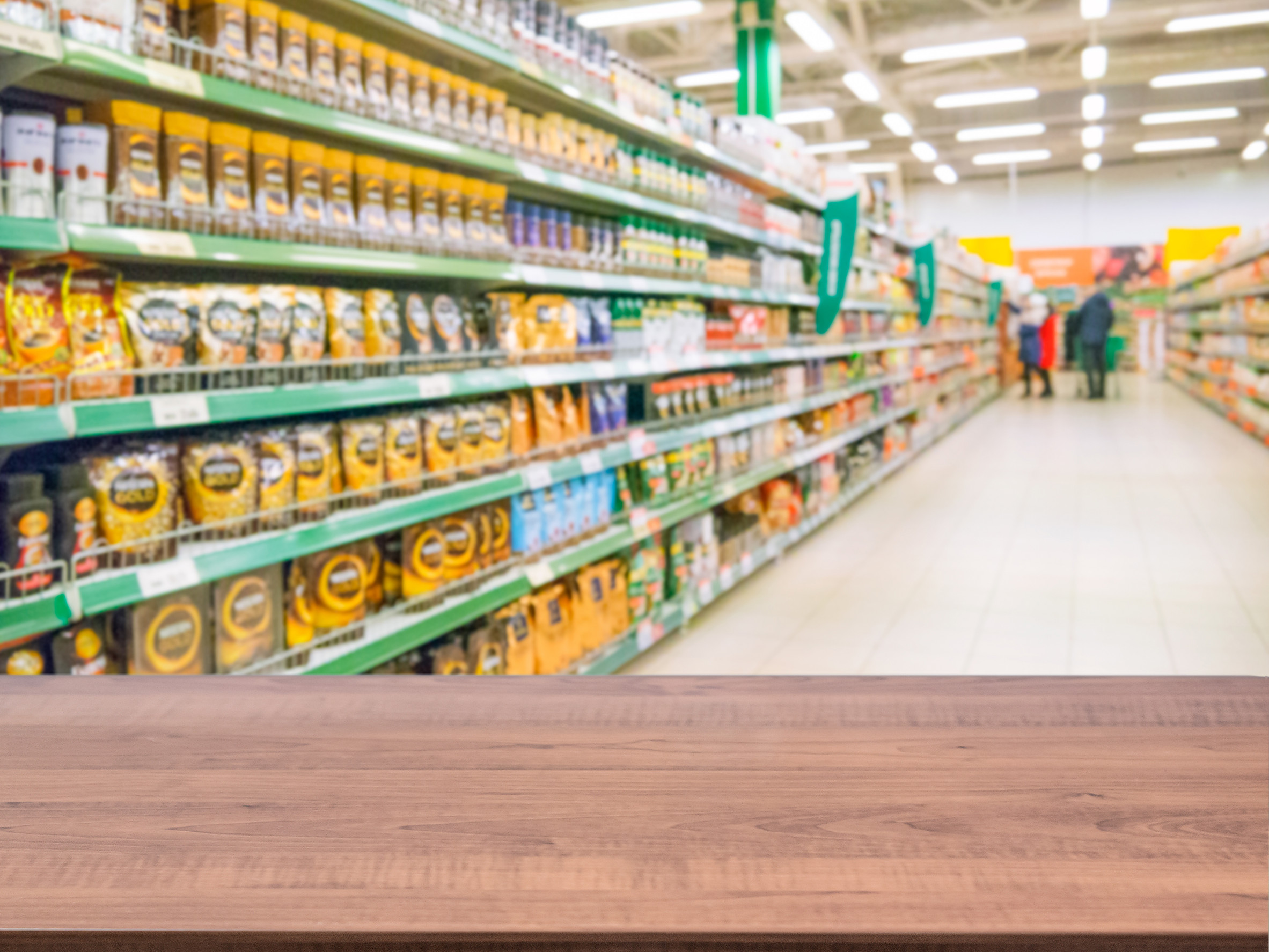
If you’ve walked into a grocery store lately and noticed small electronic displays instead of paper price tags, you’ve seen digital shelf labels in action. These high-tech tags can update prices instantly, allowing stores to make changes throughout the day without printing new labels. While they promise convenience and efficiency for retailers, they also open the door to some unexpected price shifts that can catch shoppers off guard. Knowing how digital shelf labels work—and the ways they might impact your budget—can help you shop smarter. Let’s break down the most common surprises you might see in the aisles.
Midday Price Hikes on Popular Items
One of the biggest changes with digital shelf labels is that prices can shift based on demand—even in the middle of your shopping trip. Stores may raise the price of high-demand products during peak hours, such as around lunch or after work. This strategy, known as dynamic pricing, has been used online for years and is now making its way into brick-and-mortar shopping. For example, a rotisserie chicken might cost $6.99 at 10 a.m. but jump to $7.49 by 5 p.m. Savvy shoppers may need to time their trips earlier in the day to lock in lower prices.
Quick Discount Disappearances
On the flip side, digital shelf labels make it easy for stores to remove discounts in an instant. A sale price might be valid for only a few hours, catching customers who wait until later in the day off guard. This can be particularly frustrating if you saw a lower price in the morning and came back in the afternoon to find it gone. In some cases, discounts may disappear once inventory reaches a certain threshold. If you see a deal you want, acting quickly could be the difference between saving money and paying full price.
Location-Based Price Differences
With digital shelf labels, retailers can program prices differently for each store—or even each section within a store. This means you might pay more for the same product in a store located in a higher-income area or a location with less competition. These subtle shifts can add up for shoppers who frequent different branches of the same chain. Some grocery stores may even test prices in real time to see what customers are willing to pay. Comparing prices between nearby locations could uncover savings you didn’t expect.
Frequent Price Changes on Fresh Foods
Fresh items like produce, meat, and seafood are especially prone to fluctuating prices when digital shelf labels are involved. Stores can adjust prices throughout the day based on supply, freshness, or weather conditions affecting shipments. For example, strawberries might drop in price late in the evening to clear inventory before spoilage, then spike the next morning when new stock arrives. While this can work in your favor, it also means you’ll need to pay closer attention to the timing of your grocery runs. Planning ahead could help you snag better deals.
“Flash Sales” That Push Impulse Buys
Digital shelf labels allow stores to run short-term flash sales that last for minutes or hours, often designed to encourage impulse purchases. These quick deals can create a sense of urgency, making shoppers more likely to buy items they didn’t plan on purchasing. While flash sales can offer genuine bargains, they can also tempt you into spending more than you intended. Keeping a shopping list and sticking to it can help you avoid overspending, even when prices suddenly drop in front of you.
Hidden Price Increases on Everyday Staples
Because digital shelf labels can be updated so quickly, price increases on staples like milk, bread, or eggs can happen with little notice. Unlike traditional paper tags, which are changed once or twice a week, these electronic tags can adjust prices daily or even multiple times a day. This gradual but frequent change can make it harder to spot long-term price hikes. Tracking your most-purchased items in a shopping app or notebook can help you identify when prices are creeping up over time.
Clearance Markdowns That Reward Late-Night Shoppers
Not all changes are bad news—digital shelf labels can also work in your favor if you shop at the right time. Some stores use them to apply end-of-day markdowns on bakery goods, deli items, and prepared meals. This can mean deep discounts for shoppers who come in just before closing. If you’re flexible with your shopping schedule, these last-minute deals can save you a significant amount of money. It’s a reminder that technology can work both ways, depending on how you time your trips.
How to Outsmart Price Surprises
While digital shelf labels give retailers more control over pricing, they also give shoppers an opportunity to adapt. By learning the patterns of your local store, timing your visits strategically, and tracking your most-used items, you can minimize the risk of overpaying. Staying aware of how and when prices change turns this new grocery technology from a potential trap into a useful tool. In the end, the smartest shoppers will be the ones who shop with both their eyes and their timing skills.
Have you noticed sudden price changes with digital shelf labels at your grocery store? Share your experiences in the comments so others can shop smarter.
Read More
10 Shelf Products Recalled for Cross-Contamination
Are Grocery Retailers Tracking What You Put Back on the Shelf?
The post Digital Shelf Labels: Unexpected Price Shifts to Watch at the Grocery Store appeared first on Grocery Coupon Guide.







